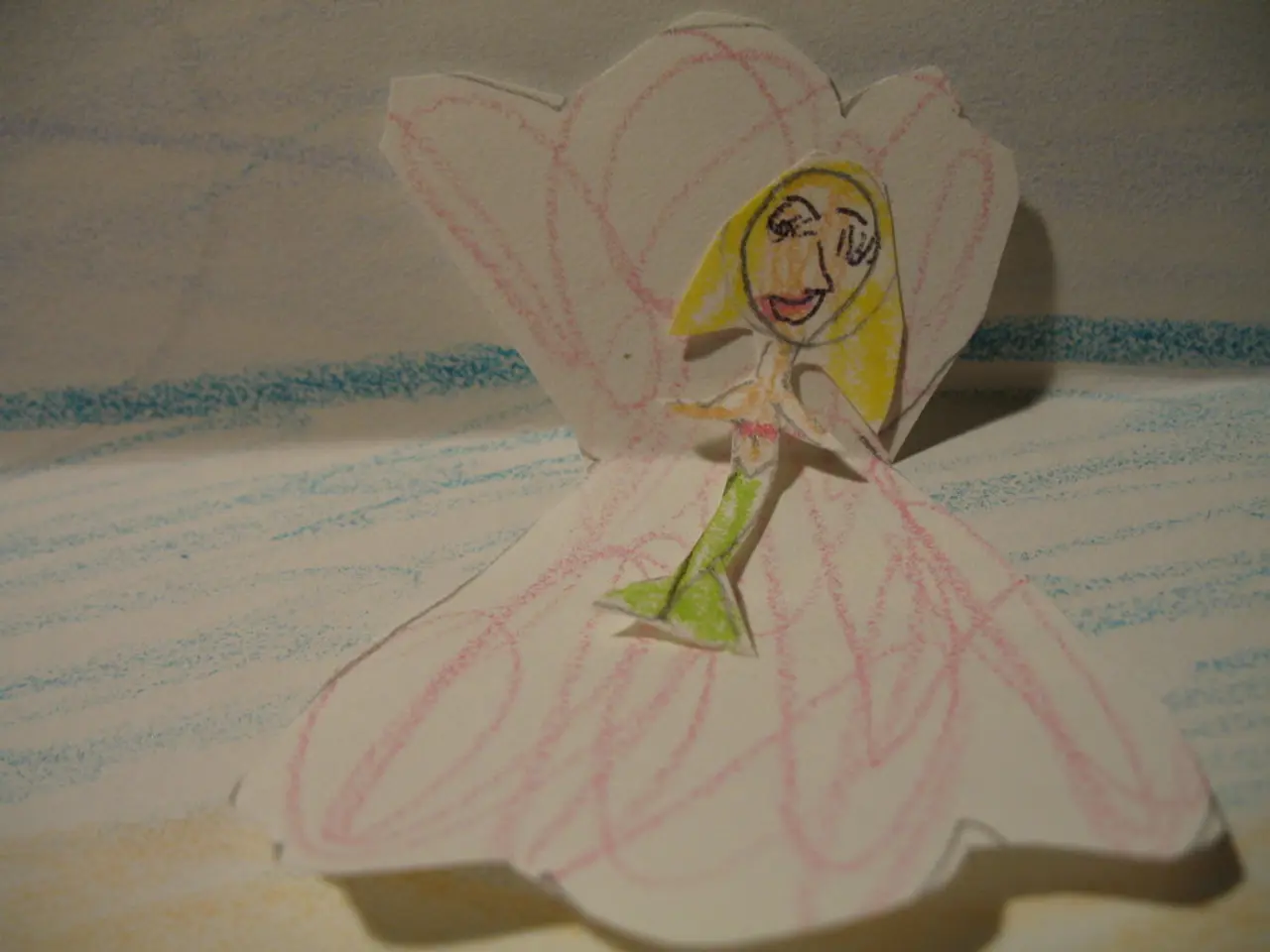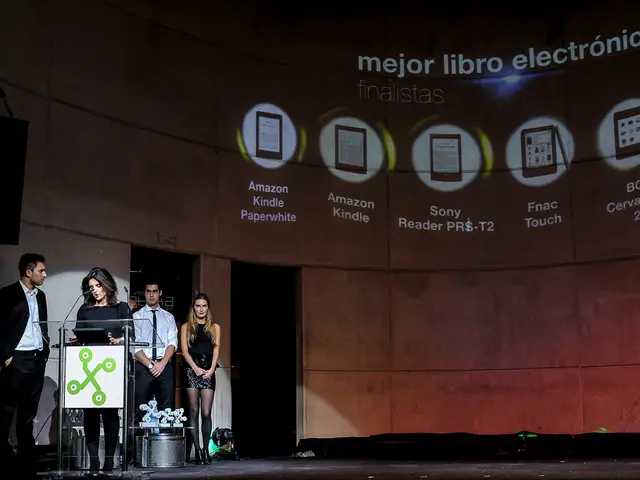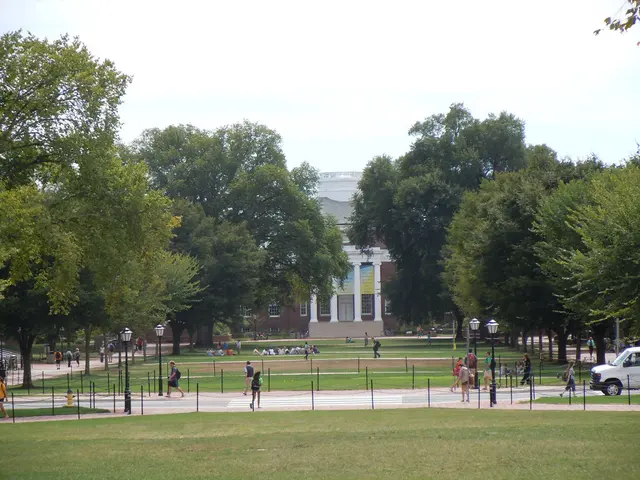Advantages of Art Instruction for Enhancing Whole School Academics
In the realm of education, arts education has emerged as an essential element that offers numerous benefits to students beyond just nurturing creativity. By incorporating arts into the overall academic curriculum, schools are equipping students with skills that extend beyond the classroom, enhancing their academic performance, social-emotional development, and creative capacities.
One of the key advantages of arts education is its ability to enhance academic achievement. By linking complex academic content with creative, visual, or performing arts, students find it easier to understand and retain concepts. This artistic approach to learning can improve learning outcomes in subjects such as math, science, and language arts [1][2].
In addition, arts education significantly boosts student engagement. Art activities make learning more enjoyable and meaningful, increasing students' motivation, focus, and active participation in lessons. Teachers have reported higher student engagement when arts are integrated into the curriculum [1][2].
Moreover, arts education fosters critical thinking and problem-solving skills. By encouraging innovative approaches, arts education helps students to analyse problems and devise unique solutions [1].
Arts education also plays a pivotal role in developing students' social and emotional skills. Collaborative art projects build empathy, communication, self-awareness, relationship skills, and emotional intelligence, all crucial for personal and interpersonal growth [1][2].
Furthermore, arts education cultivates a lifelong love of learning. Arts experiences foster curiosity, exploration, and a passion for learning that extends beyond the classroom [1].
Beyond academics, arts education develops rich, knowledge-rich networks, enriching students' cultural and historical awareness as well as their personal identity [4]. It also aids in the development of visual literacy and creative confidence, particularly in visual arts, where students learn to create, present, interpret, and connect artistic works [3].
Arts education also contributes to cultural preservation and sustainable development by playing a vital role in preserving cultural heritage and promoting sustainable development values [5].
Engaging in arts activities can positively impact mental health and well-being by reducing stress and improving mood. Arts education encourages collaboration and teamwork, as students often work together on projects and performances. Incorporating arts into the curriculum can broaden students' worldviews and make them more inclusive individuals [6].
Arts education also promotes self-confidence by offering students opportunities to showcase their talents and abilities. By providing a valuable outlet for self-expression and emotional release, arts education encourages students to express themselves freely and develop a strong sense of self [7].
In conclusion, arts education is an integral part of a well-rounded education, preparing students for success in all areas of their lives. By offering multiple benefits that enhance students' academic performance, social-emotional development, and creative capacities, arts education is indeed a crucial component that should not be overlooked in the curriculum.
References: [1] Catterall, J. S., Dumais, S. A., & Hampden-Thompson, G. (2012). The Arts and Achievement in At-Risk Youth: Findings from the Six-Year Longitudinal Study. National Endowment for the Arts. [2] Greene, J. P. (2011). The arts and the brain. Harvard University Press. [3] National Endowment for the Arts. (2012). The Arts and Human Development: Goals for Learning in the Arts. [4] Eisner, E. W. (2002). The Arts and the Creation of Mind. Teachers College Press. [5] UNESCO. (2015). The Futures of Education: Learning for the Wisdom Age. [6] Knobloch, J. (2010). The Arts and Mental Health: A Review of the Evidence. Arts and Health. [7] Smith, K. A., & Silvia, P. J. (2008). The Arts and Human Development: Goals for Learning in the Arts. National Assembly of State Arts Agencies.
Science lessons that incorporate artistic elements can help students build critical thinking skills, as the creative approach encourages innovative problem-solving approaches [1]. By integrating arts into education-and-self-development programs, students can improve their mental health and personal growth through self-expression and emotional release [6]. Additionally, learning through the arts, such as visual arts and performing arts, can foster visual literacy and creative confidence, boosting educational outcomes in subjects like science [3].




